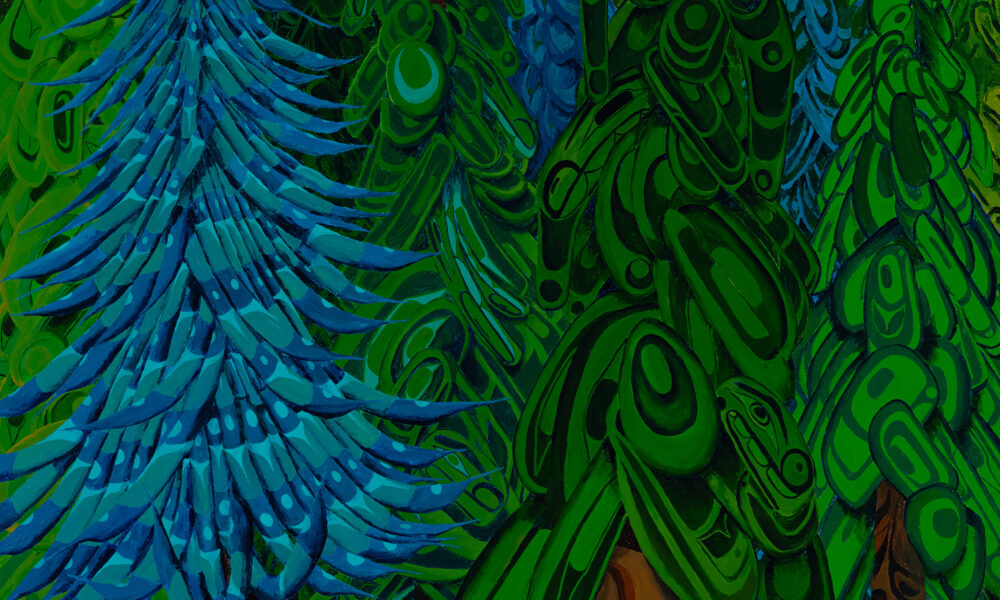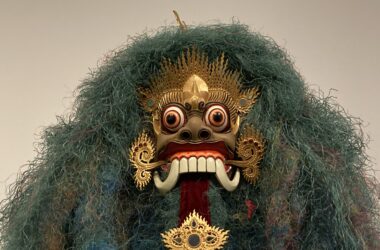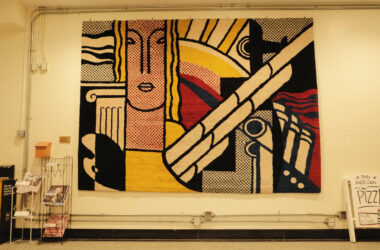Two by Two, Together, the latest exhibition at the Montreal Museum of Fine Arts (MMFA), displays works that have been acquired by the museum over the past five years. Open as of Sept. 11, the exhibition groups together a multitude of works by both local and international artists from 440 BCE to the present day.
The pieces are arranged based on time period, theme, subject, material, and function. As the curator, Iris Amizlev was thinking about how to group these diverse and, in some cases, seemingly unrelated pieces. In an interview with The Tribune, she explained that her process began by asking herself: “How could I make these pieces sing?” The resulting groupings—a pair of self-portraits by Rembrandt, a print of multicoloured vases next to ancient Roman glasswork, and a wall dedicated to various depictions of the female form—speak to the ways in which art can create dialogue across time, place, and medium.
Amizlev elaborated that her objective for the exhibit was to contribute to the works’ storytelling and inspire creative thought processes among viewers. Rather than displaying each piece independently in a traditional manner, she sought to create a more interconnected experience.
This intention is visible through the exhibit’s layout. While many art exhibits are organized linearly, funnelling viewers towards pieces via separate rooms and hallways, the works in Two by Two, Together are all displayed within one airy room. This openness allows viewers to jump between pieces freely. Although the paintings, photographs, relics, and displays are certainly the focal point of the exhibit’s message, the thoughtful curation further emphasizes its focus on discourse through time and space.
In one corner, Still Life with Tomatoes (1720-1806) by Italian artist Carlo Magini is displayed next to the abstract Pears and Avocados (1944) by Madeleine Laliberte. While these pieces are strongly connected through their respective depictions of produce, there is also a juxtaposition between their art styles and time periods. By pairing hyperrealism and pure abstraction side-by-side, while maintaining the same theme, these works invite the audience to consider how similar subjects can act as a link between the otherwise contrasted pieces.
In addition, the exhibition demonstrates the MMFA’s commitment to displaying works by artists from groups who have historically been underrepresented in the art world. Nunatta Sapujjijingit [Protectors of Our Land] (2021), a monumental whalebone carving by Inuk artist Manasie Akpaliapik, combines traditional Inuit legends with symbols of colonialism to bring attention to the effects of climate change. A sculpted face by Māori artist Riki Henare Manuel highlights Indigenous artists reclaiming control over their cultures amidst ongoing colonialism.
Some may assume that a museum curator’s take on art is more valid than someone who looks at art simply for fun, but Two by Two, Together challenges this notion. In our interview, Amizlev expressed her hope that viewers to participate in the discourse prompted by the exhibit, noting that she prioritized playfulness and creativity when curating the exhibit. Visitors should think about how they would group these pieces together, embrace connections between diverse works, and in so doing discover their own subjective viewpoints. In a field where such dialogue is often reserved for those with a formal education in art, it feels especially powerful that the MMFA has put together an exhibition where the viewer, be they an art history major or someone just looking for something to do on a Sunday, has the opportunity to play an active role.
Two by Two Together runs until Oct. 5, 2025. Tickets are available online or in person at the MMFA.







